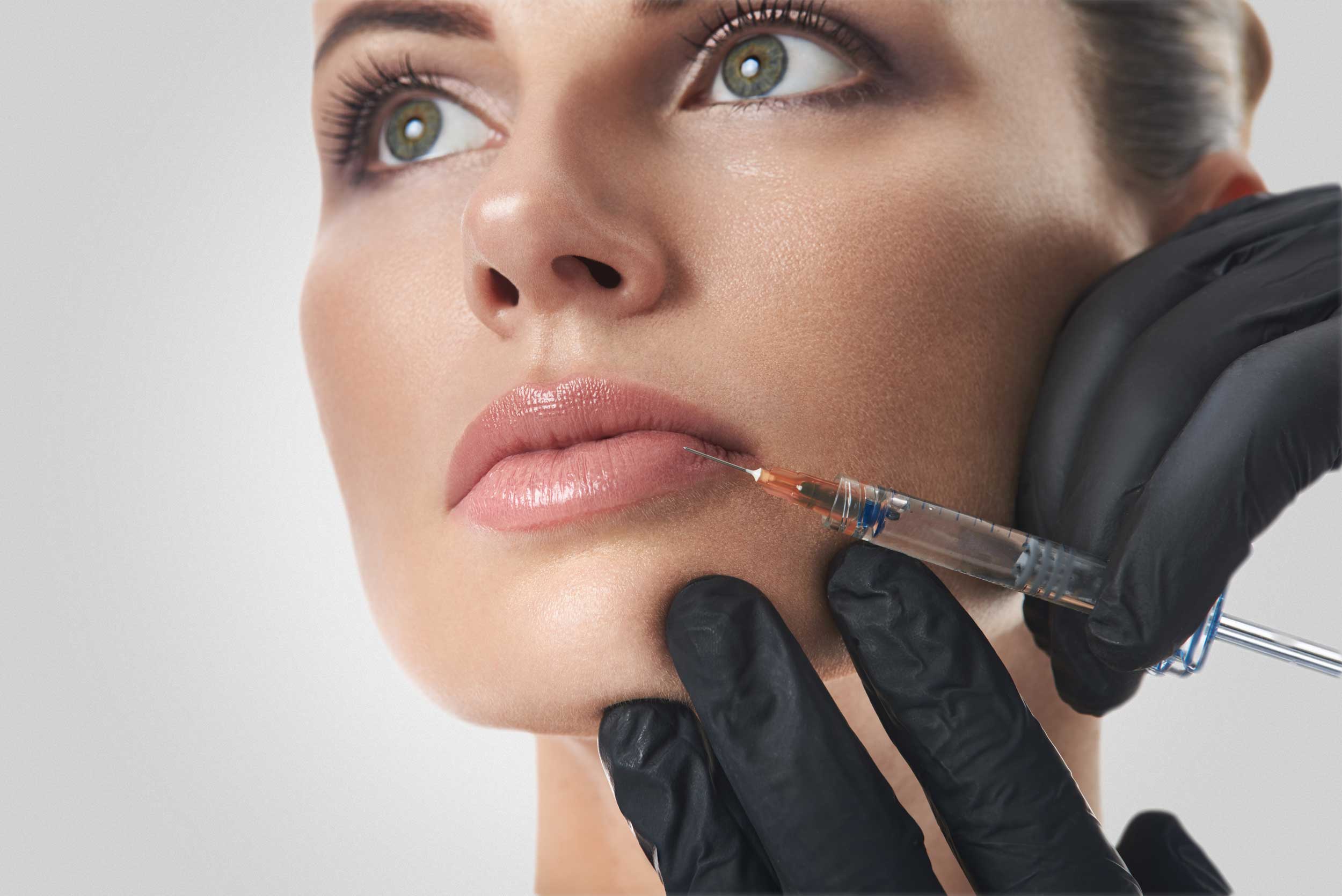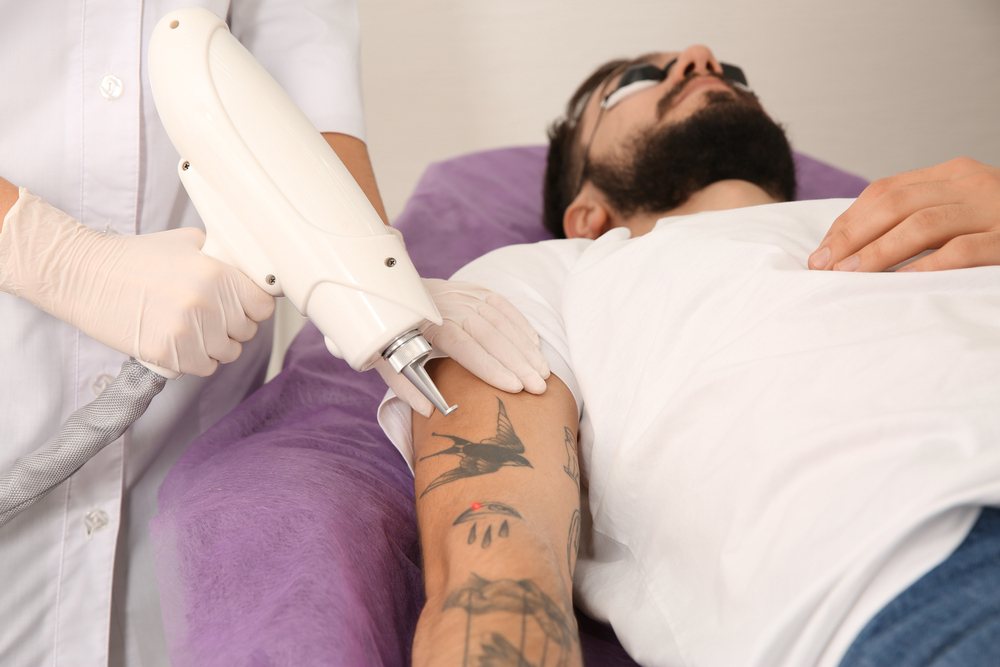
Microneedling stimulates the skin’s natural healing process by creating micro-injuries with fine needles. This triggers collagen and elastin production, which can improve the skin’s texture and appearance. While commonly used for aesthetic goals, microneedling is also explored in patients with skin damage from medical conditions such as arthritis, where inflammation may impact skin quality. The healing response is local and controlled, making the procedure appealing to those seeking noninvasive treatment options. Results depend heavily on proper post-treatment care.
What Should You Avoid After Treatment?
After microneedling, the skin becomes more sensitive to sunlight, bacteria, and irritants. Avoid sun exposure, excessive sweating, and harsh skincare products for the first 24 to 72 hours. Physical activity that leads to sweating can introduce bacteria into healing skin and slow the recovery process. Saunas, pools, and hot tubs should also be avoided until the skin fully heals. Delaying makeup application for at least 24 hours can also reduce risk of irritation or infection.
Use a gentle, non-foaming cleanser for at least three days post-treatment. Do not exfoliate, scrub, or use textured cloths during this period. Lukewarm water and clean hands are best for washing the face, followed by gentle patting to dry. Cleansing should be limited to once or twice daily to avoid disrupting the healing barrier. Avoid toners or products with alcohol, acids, or synthetic fragrances during the early recovery stage.
What Products Promote Optimal Healing?
Hydration is critical after microneedling, and patients should apply products like hyaluronic acid serum to maintain moisture. Choose formulations without added dyes, preservatives, or active ingredients that could irritate damaged skin. Barrier repair creams may also support the healing process by mimicking the skin’s natural lipids. Avoid products that include retinoids, glycolic acid, or vitamin C in the first several days. Wait until the skin has fully recovered before reintroducing active treatments.
For individuals with arthritis, microneedling can be useful in addressing skin concerns that result from inflammation or long-term medication use. Steroid treatments or autoimmune symptoms sometimes cause skin thinning or discoloration, which microneedling may help address. Though it does not treat arthritis itself, improving skin resilience can be a complementary step in overall care. Always consult with a specialist to determine if microneedling aligns with arthritis-related symptoms or medication effects. A tailored treatment plan provides the safest outcome.
Hydration supports tissue recovery, and patients should drink water consistently before and after microneedling. A balanced diet rich in antioxidants may also assist in healing by reducing oxidative stress in the skin. Foods high in vitamins A, C, and E contribute to collagen formation and barrier repair. Processed or high-sugar foods may increase inflammation and delay recovery. Patients managing chronic conditions such as arthritis should consult with a provider to align nutrition and skincare needs.
When Should You Contact Your Provider?
Mild redness, swelling, and sensitivity are normal in the first few days after treatment. However, persistent discomfort, discharge, or rash may indicate an infection or reaction that needs medical attention. Patients with underlying conditions like arthritis should be especially alert to changes in skin integrity. Contact the clinic that performed the procedure if symptoms last longer than expected or worsen over time. Documentation with photos can help providers assess the healing process accurately.
Consider Microneedling for Arthritis
Maintaining results after microneedling involves a consistent skincare routine and sun protection. Use broad-spectrum SPF daily once the skin barrier is restored, even in low-light settings. Repeating sessions at recommended intervals supports lasting improvements in texture and tone. Patients with arthritis or other chronic conditions should monitor skin quality regularly and adapt treatment as needed. Routine follow-ups with a provider help identify the best approach for ongoing care.





